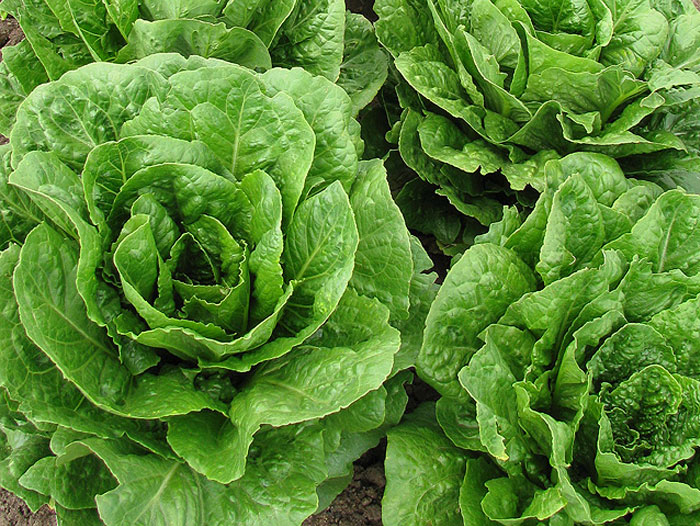Researchers Identify Romaine Lettuces That Last Longer
May 14, 2020 | 1 min to read

SALINAS, CALIFORNIA —Agricultural Research Service (ARS) scientists have identified five Romaine lettuce varieties that both brown less quickly after fresh-cut processing and are slower to deteriorate postharvest.
They also are determining the genetic basis for deterioration. The researchers have identified the location of genes associated with postharvest deterioration of fresh-cut lettuce, and are in the process of identifying genes associated with browning, two economically important traits. This will speed up development of new Romaine varieties with better shelf-life because now lettuce breeders will be able to check that offspring carry these genes without needing to grow out and destructively test for browning and deterioration resistance.
Lettuces are the most popular, commercially produced, leafy vegetables in the world. It had a farmgate value of more than $2.5 billion in the United States in 2017, making it one of top ten most valuable crops for the country. But fresh-cut lettuce is a highly perishable product.
To read the rest of the story, please go to: USDA Agricultural Research Service
